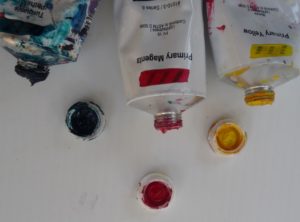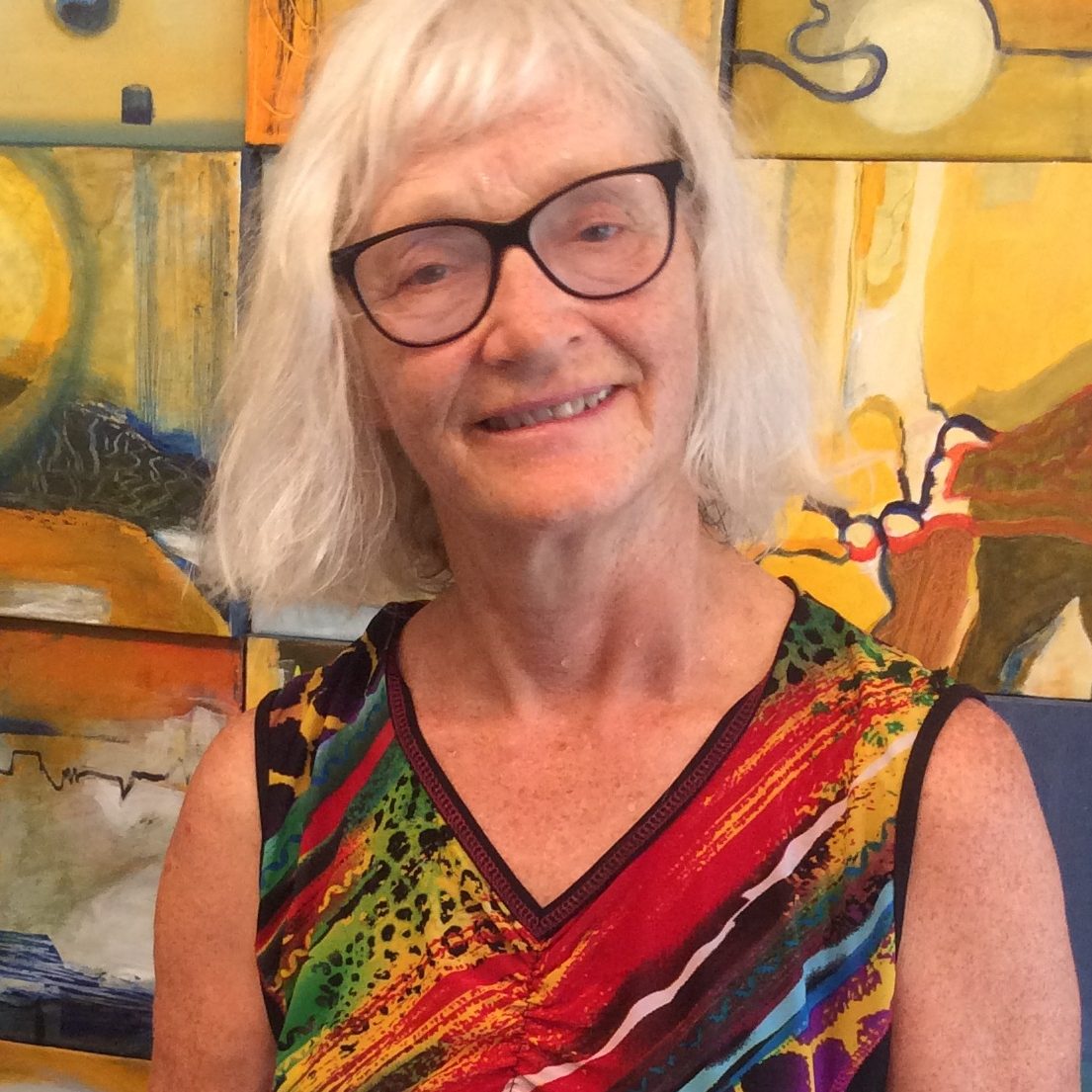You have registered for the online classes and they are about to start; are you ready?
The Grow Your Art with Art Think Cafe Program is a complete artist learning, sharing, and critiquing package. The program is continually evolving (as is everything in life these days) and this post will be updated as needed.
All class material will be accessed from this Website. You need to login, using your email address and the password that you created when you registered. After logging in, you will be taken to your learning dashboard – from here select the module that you are enrolled in and you will find all the materials.
Each module consists of 4 chapters and is delivered over a 4-week period. Each chapter consists of the following:
- A lesson (via video). Each lesson introduces an artist, and explores their work.
- A hands-on exercise (via video) based on the material presented in the lesson.
- A shared studio session (via ZOOM).
The lessons and exercises will be launched each week on Thursday, giving participants several days to access the material at their leisure: view the videos and work on the exercises before the studio session. Each video is between 5 – 10 minutes in length.
The studio session will be held on Monday or Tuesday of the following week – the day or time of the studio session depends on the module that you are enrolled in. Click here to see the current schedule. Participants will receive a ZOOM invitation prior to the studio session. We will use the same link every week, and the ZOOM link can also be found on your learning dashboard. Generally the ZOOM studio session will run for 1.5 – 2 hours. We will do the following during the studio session:
- Discuss the lesson and exercise for the chapter.
- Share your work – show the group what you have completed, what you have on your easel, or what you are thinking about doing. Give and receive feedback from fellow classmates. To facilitate sharing, take pictures of your work before joining the studio session. You can upload pictures of your work to the Art Think Cafe chatroom, forward your work to me to upload, or have your images ready and share using the “share screen” function on ZOOM.
- Share information about art activities in the community and beyond: shows that participants are involved in, calls for artists opportunities, interesting events and more.
- Work time – work on the current exercise or on any other work, just like you would if you were in a classroom – working together while apart. I will be in my own studio and ready to assist one-on-one with anything that comes up while you are working.
- The studio session will wrap up with another opportunity to share your work or pose questions to the group. You will receive a ZOOM invitation prior to the session.
Equip your studio:
Prepare your studio space, make it into a creative space to work, and a place from which you can connect with other artists:
 Your device: I recommend using a laptop or tablet as the larger screen gives you a better experience. If you are new to ZOOM, I recommend that you and I do a “practice” session prior to the first studio session.
Your device: I recommend using a laptop or tablet as the larger screen gives you a better experience. If you are new to ZOOM, I recommend that you and I do a “practice” session prior to the first studio session.
- A floor easel or table with table easel: I recommend standing at your easel when painting.
- Acrylic paint: basic colours of red, yellow, and blue + white and black/dark. Feel free to have more colours if you like, but having the basics will give you many options.
- Supports: start with 3 – 4 firm supports, such as stretched canvas, canvas board, watercolour paper or other firm surface. Size is your choice. Consider using “experienced” “, or “failed paintings” to paint over. You are encouraged to try working on “non-traditional” surfaces such as plywood, steel, burlap coffee bags, found material, or other.
- Paint palette: a place to mix your paint. I recommend a stay-wet palette, or use Styrofoam or plastic food trays or other. Here are directions for creating your own wet palette.
- Use a brush-cleaning-surface: use one of your surfaces to apply any extra paint on your brush or palette; to avoid wasting paint and to reduce the amount of paint residue going down the drain. This surface will become an underpainting for a future piece.
- Sketch book/paper or similar: to be used for colour experimentation and exercises. I find canvas pads very effective for the exercises.
- Brush(es): have several with at least 1 brush that is 2″ or larger.
- Other paint applicators: palette knives, scrapers, spatulas, etc. No need to purchase expensive tools – check the garage, workshop, or kitchen drawer.
- Spray bottle for water (optional)
- Lots of rags and/or paper towels.
- Water container.
- Gloves.
- Paint apron or shirt.
- Optional: Acrylic additives, such as matte medium, glazing liquid, gel or other. You will be encouraged to experiment with acrylic additives; if you are not familiar with these products, please wait to purchase after classes have started.
- Optional: Other media or collage materials. Acrylic products combine well with other media and materials (other than oil). If you would like to experiment with combinations, feel free to try.
Do you still need to register? Click here and select the module that you want to enroll in; you can sign up right on the website. Payment is by credit card.
See you in Class! Let’s have some creative fun!
